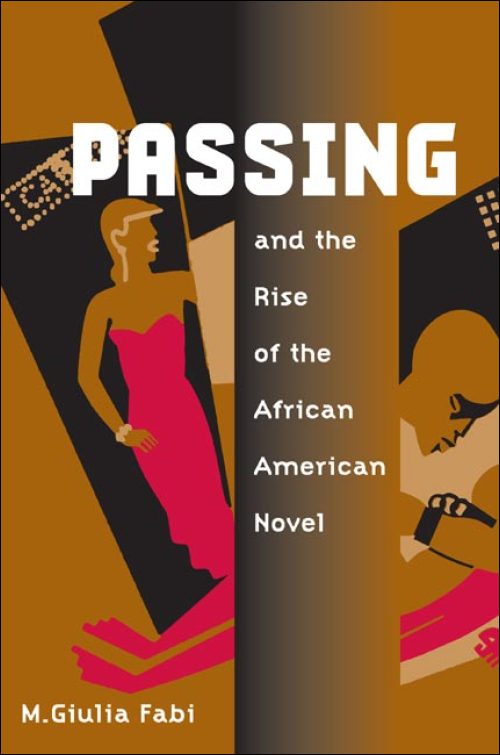“Faithfully Drawn from Real Life”: Autobiographical Elements in Frank J. Webb’s The Garies and Their FriendsPosted in Articles, Literary/Artistic Criticism, Media Archive, Passing, United States on 2013-08-20 20:40Z by Steven |
The Pennsylvania Magazine of History and Biography
Volume 137, Number 3 (July 2013)
pages 261-300
DOI: 10.5215/pennmaghistbio.137.3.0261
A resurgence of interest in Frank J. Webb’s The Garies and Their Friends—the second novel by an African American and the first to portray northern racism—underscores the need for consideration of recently discovered biographical information about this enigmatic author. Previously unknown details about the lives of Frank J. Webb (1828-94) and his family and friends parallel some of his literary portrayals, subtly inform other scenes and characters, and generally help to illuminate the unique combination of biography, social history, and creative imagination that constitute Webb’s complex literary achievement.
The Garies and Their Friends is constructed around two major narrative lines: the stories of the Garie family and the Ellis family. In Georgia, Clarence Garie, a white slave owner, is living openly with his mulatto slave mistress, Emily Winston; he treats her with as much affection and respect as if she were his wife and wishes to marry her, but interracial marriage is illegal in the state. They have two children, named after their parents, Clarence and Emily. The Garies entertain Emily’s cousin, George Winston, who, although born and raised in slavery, was educated and freed by a kind master. Now, with all the appearances of a refined gentleman, he is passing as white—much to the approbation and amusement of Mr. Garie.
In Philadelphia, the Ellises are a “highly respectable and industrious coloured family.” Mr. Ellis, a carpenter, and his wife, Ellen, have three…
Read or purchase the article here.
